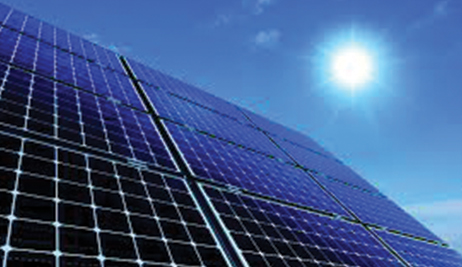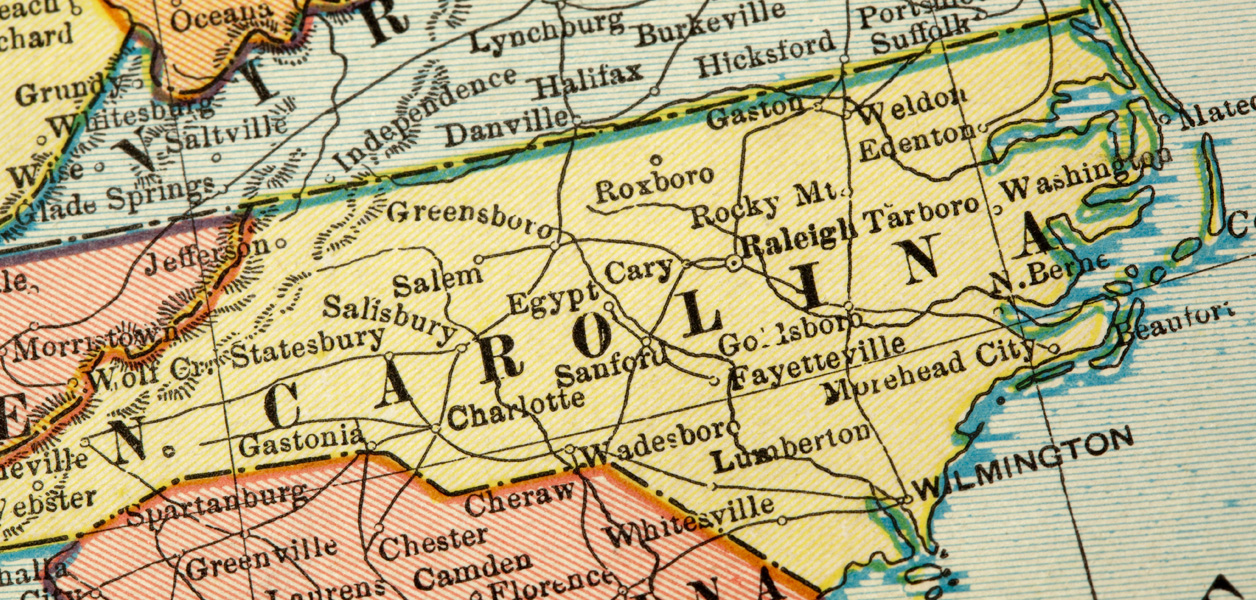On Jan. 22, President Trump imposed tariffs on imported solar panels and washing machines; the actions represented his first tariff orders, according to www.washingtonpost.com.
The tariff orders come in response to petitions from U.S. manufacturers, who have complained for years that rising imports were affecting their sales.
Trump imposed tariffs of 30 percent on imported solar panels during the first year, which will gradually fall to half that figure in four years. The levies were less severe than those requested by Suniva and SolarWorld, the two companies that sought government relief.
"We are still reviewing these remedies and are hopeful they will be enough to address the import surge and to rebuild solar manufacturing in the United States," says Juergen Stein, CEO and president of SolarWorld Americas Inc.
The companies' request for protection was opposed by much of the domestic U.S. solar industry because tariffs lead to more expensive solar panels, which can discourage their use, according to the Solar Energy Industries Association (SEIA).
SEIA says the tariffs would cause 23,000 installers, engineers and project managers to lose their jobs this year as billions of dollars in planned investment disappears. The association says up to one third of the 260,000 Americans currently employed in the solar industry are at risk because of the tariffs over the longer term.
Environmentalists say the decision is a setback for the further development of renewable energy.
Trump acted under a provision of U.S. trade law authorizing global or "safeguard" tariffs. The safeguard process leaves the final decision regarding whether to impose trade remedies to the president rather than to the apolitical trade experts who typically adjudicate trade disputes.
The tariff decisions follow years of trade litigation that involved frustrated U.S. companies complaining of ineffective trade actions to attempt to remedy unfair foreign trade practices.
In the solar panel case, massive Chinese government subsidies and industrial planning were blamed for a surge in China's production of solar cells and modules, as well as the demise of up to 30 U.S. solar panel makers. China's share of global solar cell production rose from 7 percent in 2005 to 61 percent in 2012, according to the United States Trade Representative.





